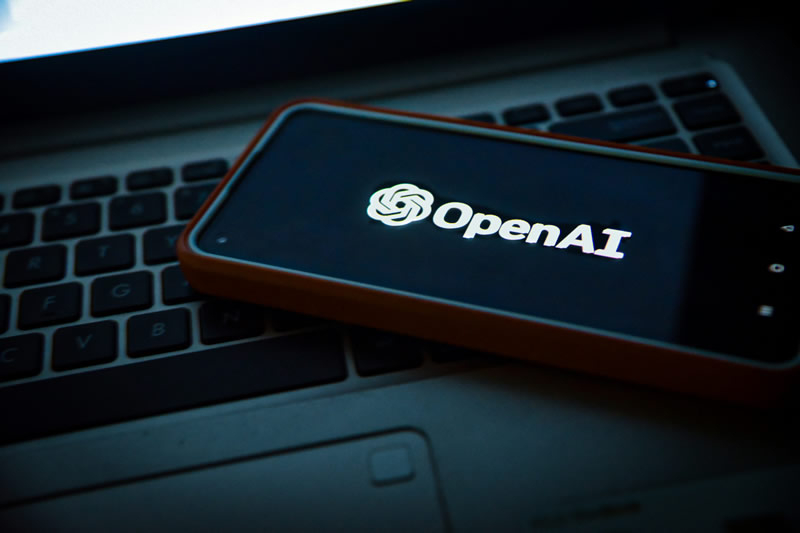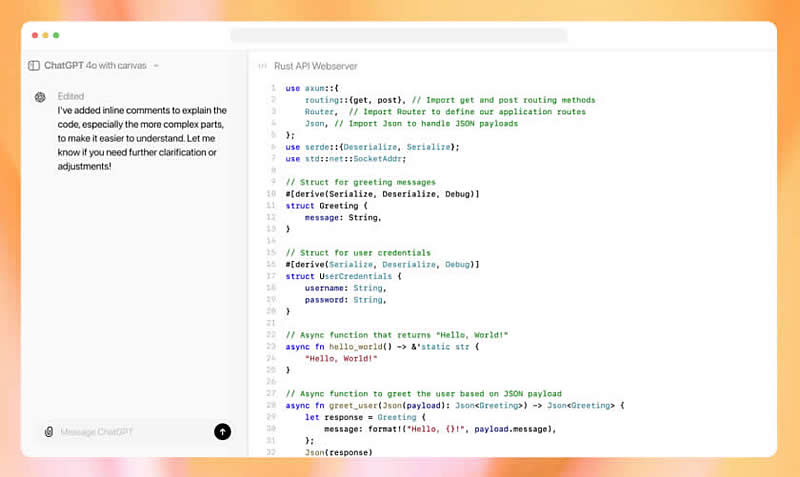OpenAI has added a new tool to ChatGPT called Canvas, which allows you to edit AI-generated text and code without creating new queries. Users can easily make changes, add comments, and translate text into another language. The new interface allows you to interact with ChatGPT on a more intuitive level.

Image source: Levart_Photographer/Unsplash
OpenAI’s decision to introduce an editable workspace fits into a trend of what other AI developers are already doing. For example, Anthropic released the Artifacts tool with a similar function in June, and the Anysphere company released the AI assistant Cursor, which is an alternative to Visual Studio Code and has already gained great popularity among programmers.
Currently, chatbots are not capable of completing large-scale projects with a single request, requiring multiple requests and often repeating the same code over and over again. An editable Canvas workspace will allow you to correct errors in AI output without having to re-generate all the text or code. “This is a more natural interface for collaboration with ChatGPT,” said OpenAI product manager Daniel Levine.

Image source: techcrunch.com
During the interface demonstration, Levine selected the “GPT-4o with Canvas” model from the drop-down list in ChatGPT. However, in the future, the Canvas window will appear automatically if the system determines that a separate workspace is needed to complete a task, such as writing long text or complex code. Users will also be able to simply enter the command “use canvas” to open the project window.
ChatGPT can also help with writing a letter. The user simply enters a request to create it and the finished text will appear in the Canvas window. You can then use the slider to change the length of the text, and highlight individual sentences to ask ChatGPT to make changes, such as making the text friendlier or adding an emoji. In addition, it is possible to ask the AI to rewrite the letter in another language.
The same thing happens with program code. Users can highlight parts of it and ask additional questions to the AI. Note that the functions for working with code in Canvas are somewhat different from the usual ChatGPT work window. For example, there will be a new “Check Code” button, when clicked, ChatGPT will analyze the data and suggest specific edits, regardless of whether the code is AI-generated or human-written.
Canvas has already been available in beta version for ChatGPT Plus and Teams users since October 3, and next week it will be launched for Enterprise and Edu users, TechCrunch reports.